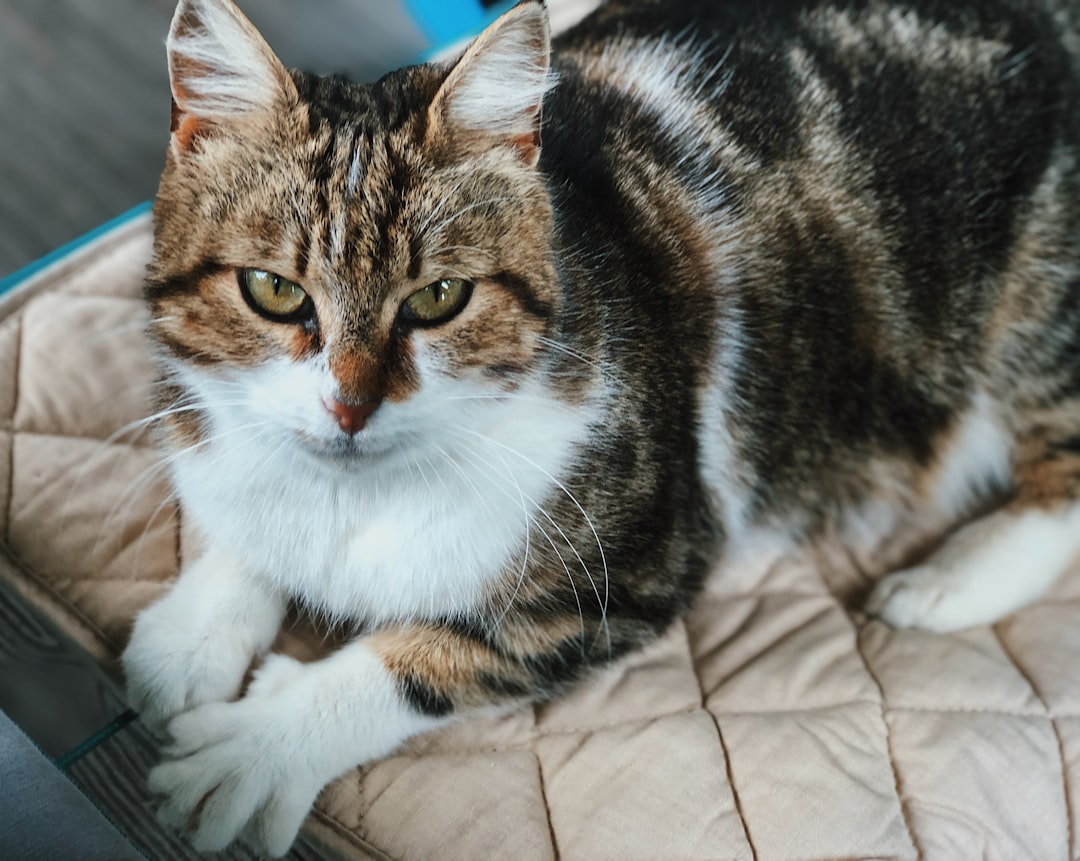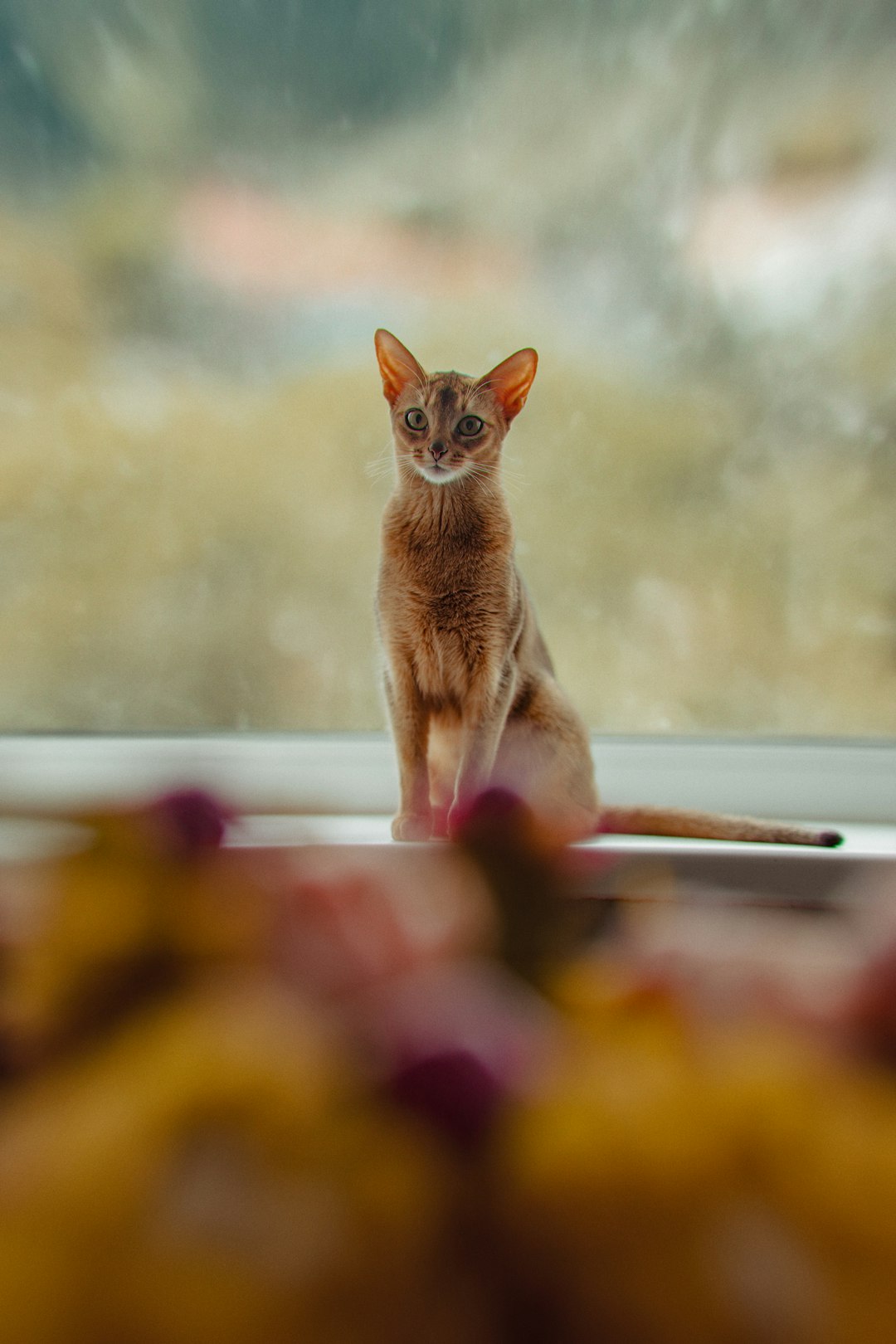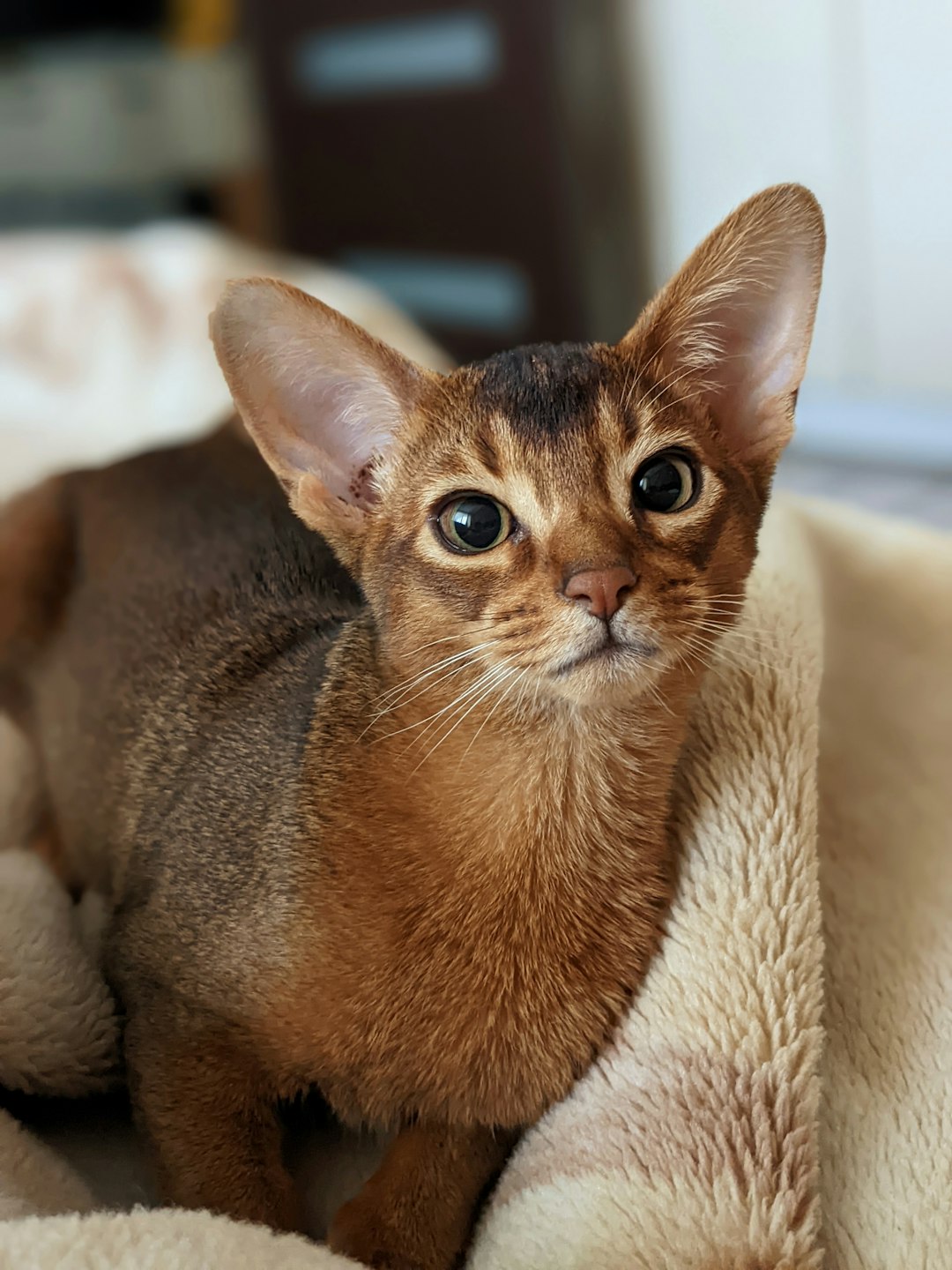Siamese cats are fascinating creatures known for their striking features and unique personalities. As you explore the various types of Siamese cats, you’ll discover a rich diversity in their characteristics, ranging from traditional traits to modern variants. Each type reveals a story of history and evolution, showcasing everything from the classic applehead to the sleek wedgehead. With color point variations and distinct personality traits, understanding these aspects enhances your appreciation for these charming felines. Join us as we delve into the captivating world of Siamese cats and learn what sets each type apart.
Introduction to Siamese Cats
Siamese cats are one of the most recognizable and beloved breeds, known for their striking appearance and engaging personalities. Originating from Thailand (formerly known as Siam), these felines come in various types of Siamese cats that differ in physical traits and temperament.
Key Characteristics:
- Striking Appearance: Siamese cats have sleek bodies and large ears, making them visually stunning.
- Vocal Nature: They are famously chatty, often engaging in conversations with their owners.
- Intelligent Companions: Highly intelligent, Siamese cats enjoy interactive play and mental challenges.
Types of Siamese Cats Overview
To truly appreciate the types of Siamese cats, one must consider the distinct variants, including:
| Variant | Features |
|---|---|
| Traditional | Rounder heads, shorter bodies |
| Modern | Longer bodies, wedge-shaped heads |
| Applehead | Soft, rounded look, gentle demeanor |
| Wedgehead | Sharp features, elegant and sleek appearance |
Exploring these types of Siamese cats will help prospective owners select the perfect feline companion that fits their lifestyle and preferences.
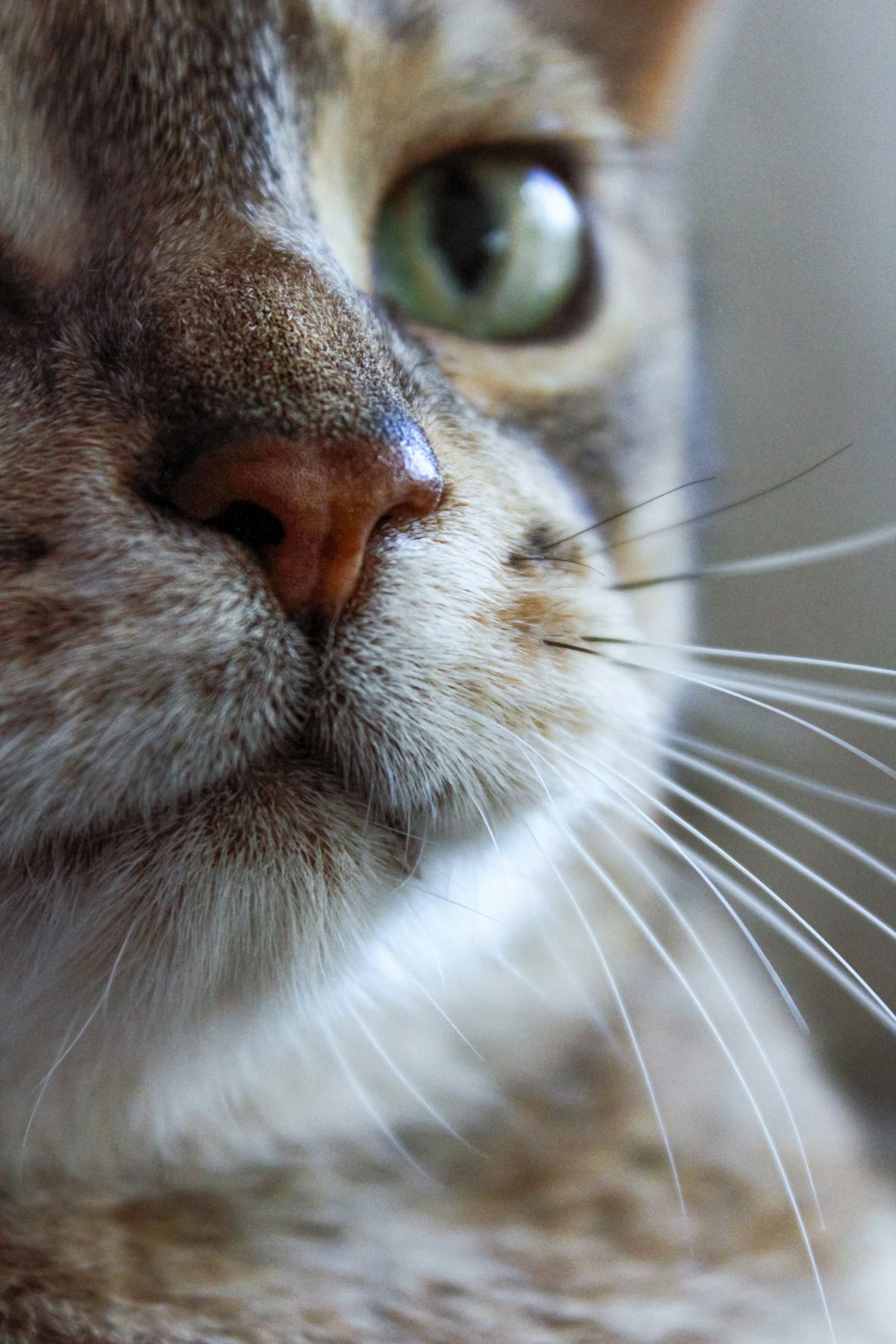
Traditional Siamese Cat Characteristics
Traditional Siamese cats, often referred to as "applehead" Siamese, are known for their distinctive features and charming demeanor. These cats exhibit a variety of characteristics that set them apart from their more modern counterparts. Here are some key traits of traditional Siamese cats:
- Head Shape: The applehead variety has a rounded skull and a shorter, wider face.
- Body Structure: They have a cobby, muscular build with a sturdy frame, giving them a classic appearance.
- Ears: Traditional Siamese cats feature medium-sized, rounded ears that complement their overall look.
- Eyes: Deep blue, almond-shaped eyes offer a striking contrast to their coat.
- Coat: Their short, fine coat is soft and comes in various color patterns.
Understanding these types of Siamese cats helps potential owners appreciate their unique physical attributes while also recognizing their sweet, affectionate nature. Traditional Siamese cats are often described as gentle and social, making them delightful companions for families and individuals alike.
Modern Siamese Cat Variants
In the world of Siamese cats, a variety of modern variants exist beyond the traditional look. These types of Siamese cats are characterized by specific physical traits and unique personalities, catering to different preferences. Here are some popular modern variants:
Show Siamese:
- Traits: Slender, stylish build with long legs and large ears
- Color Points: Cream to white base with intense color points
- Personality: Outgoing and affectionate
Thai Siamese:
- Traits: More rounded body, shorter legs, and a traditional head shape
- Color Points: Typically exhibit the classic chocolate, seal, and blue points
- Personality: Gentle, friendly, and somewhat more reserved
Modern Wedgehead:
- Traits: Extreme features with a wedge-shaped head and long, narrow body
- Color Points: Offers a broader range of colors, including rare combinations
- Personality: Intelligent and playful
Comparison of Modern Siamese Variants
| Variant | Body Type | Head Shape | Personality Traits |
|---|---|---|---|
| Show Siamese | Slender | Long | Outgoing, Affectionate |
| Thai Siamese | Rounded | Round | Gentle, Friendly |
| Modern Wedgehead | Extreme | Wedge | Intelligent, Playful |
By understanding these modern types of Siamese cats, prospective owners can choose the variant that best fits their lifestyle and companions.
Applehead vs. Wedgehead Siamese
When discussing the types of siamese cats, it’s essential to highlight the key differences between Applehead and Wedgehead Siamese. These two variants exhibit distinct physical traits and characteristics.
Physical Features
Applehead Siamese:
- Face Shape: Rounder, with a domed forehead.
- Body Structure: Compact and stocky.
- Eye Shape: Slightly rounded, conveying a softer expression.
Wedgehead Siamese:
- Face Shape: Long and triangular with a narrow wedge shape.
- Body Structure: Sleek and elegant.
- Eye Shape: Almond-shaped, creating a more prominent and striking appearance.
Comparison Table
| Feature | Applehead Siamese | Wedgehead Siamese |
|---|---|---|
| Face Shape | Round | Triangular |
| Body Structure | Stocky | Sleek |
| Eyewear Style | Rounded | Almond |
Understanding the differences in the types of siamese cats helps potential owners choose the right companion to fit their preferences and lifestyle. Whether you prefer the softer features of the Applehead or the elegant lines of the Wedgehead, both types bring unique charm to any home.
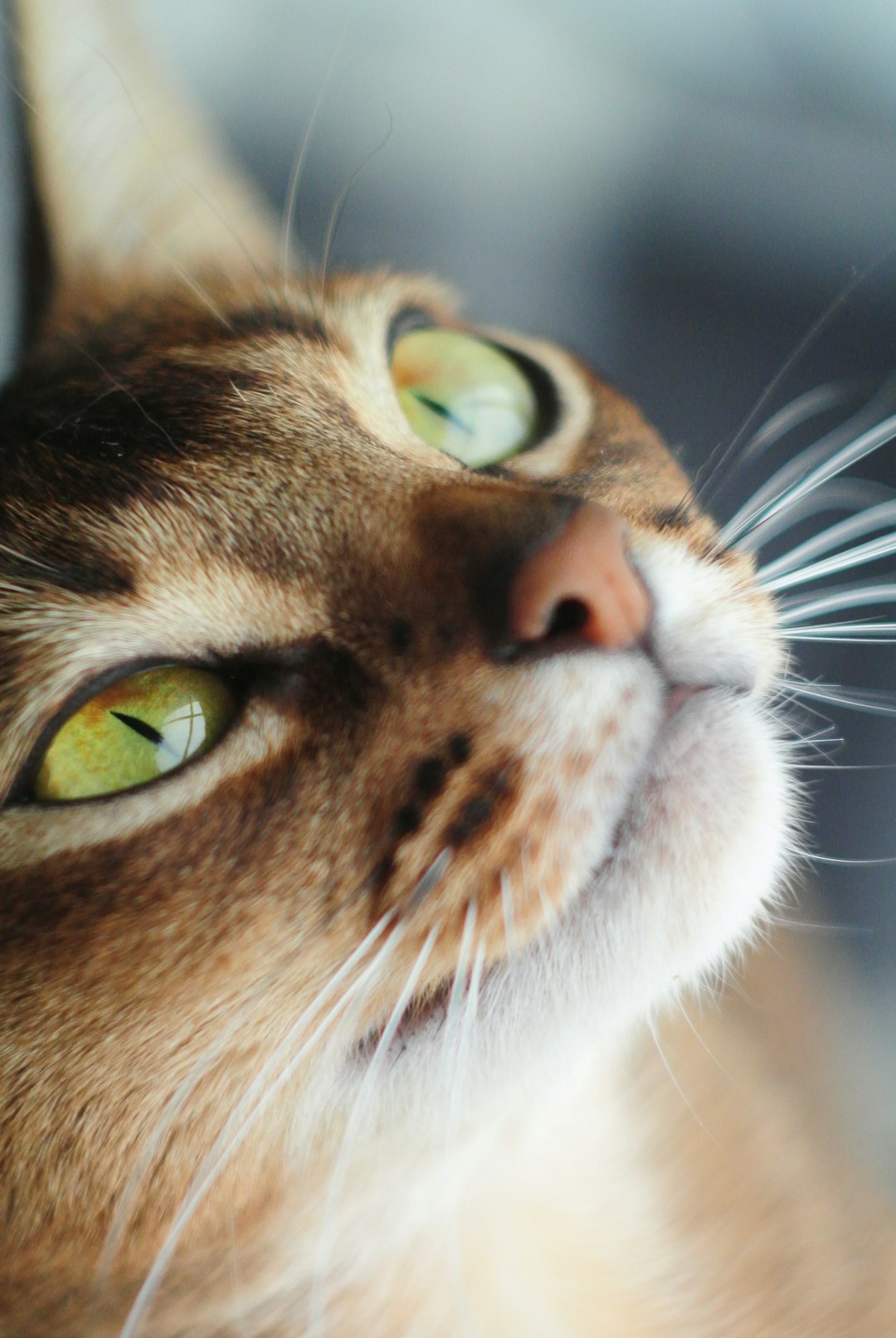
Color Point Variations in Siamese Cats
Siamese cats are renowned for their striking color point patterns, making them one of the most recognizable breeds. Understanding the types of Siamese cats based on their color variations can enhance your appreciation for these felines. Here’s a breakdown of the main color point variations:
- Seal Point: Dark brown markings on a cream body, the most commonly recognized type.
- Chocolate Point: Milk chocolate points with a lighter fawn body.
- Blue Point: Soft greyish-blue points on a bluish-white body.
- Lilac Point: Pale lavender points with a light cream body; the rarest of the standard varieties.
Color Point Comparison Table
| Color Point Type | Body Color | Point Color |
|---|---|---|
| Seal Point | Cream | Dark Brown |
| Chocolate Point | Fawn | Milk Chocolate |
| Blue Point | Bluish-white | Greyish-blue |
| Lilac Point | Light Cream | Pale Lavender |
These variations not only define the distinct beauty of Siamese cats but also contribute to their allure among cat lovers. Explore the types of Siamese cats available, and choose one that captivates your heart!
Siamese Cat Personality Traits
Siamese cats are not only distinguished by their striking appearance but also by their vibrant personalities. Understanding the types of Siamese cats also involves recognizing their unique traits. Here are some key personality characteristics:
- Affectionate: Siamese cats thrive on human interaction and love to be near their owners. They often seek cuddles and enjoy being petted.
- Vocal: Known for their loud, distinctive voices, Siamese cats are highly communicative. They will express their needs and desires clearly, making conversations with them quite entertaining.
- Intelligent: Highly trainable, these cats excel in various activities, from fetch to agility. Their intelligence requires mental stimulation to keep them engaged.
- Playful: Siamese cats maintain an active demeanor well into adulthood. They love to play with toys and engage in games that challenge their agility and intellect.
- Social: They generally get along with other pets and enjoy the company of other cats. A companion can help satisfy their social needs.
These personality traits contribute significantly to the types of Siamese cats people choose as pets, making them a beloved option for many households.
Health Considerations for Siamese Cats
When exploring the types of Siamese cats, it’s crucial to understand their health considerations. These beautiful felines are generally healthy but can be predisposed to certain conditions. Here are some key health aspects to keep in mind:
Genetic Disorders: Siamese cats may be more susceptible to genetic issues such as:
- Respiratory problems: Due to their unique head structure.
- Dental issues: Misalignment of teeth is common.
Obesity: Siamese cats love to eat, making them prone to obesity. Regular exercise and controlled diets can help maintain a healthy weight.
Hypothermia: Their short coat offers minimal insulation. Therefore, they need a warm environment, especially during colder months.
Regular Vet Check-Ups: Schedule wellness visits to monitor their health and detect any potential issues early.
It’s essential to recognize these health considerations when caring for your Siamese cat. By keeping an eye on their unique needs, you can ensure a happy, healthy life for your feline friend, regardless of the specific types of Siamese cats you may choose.
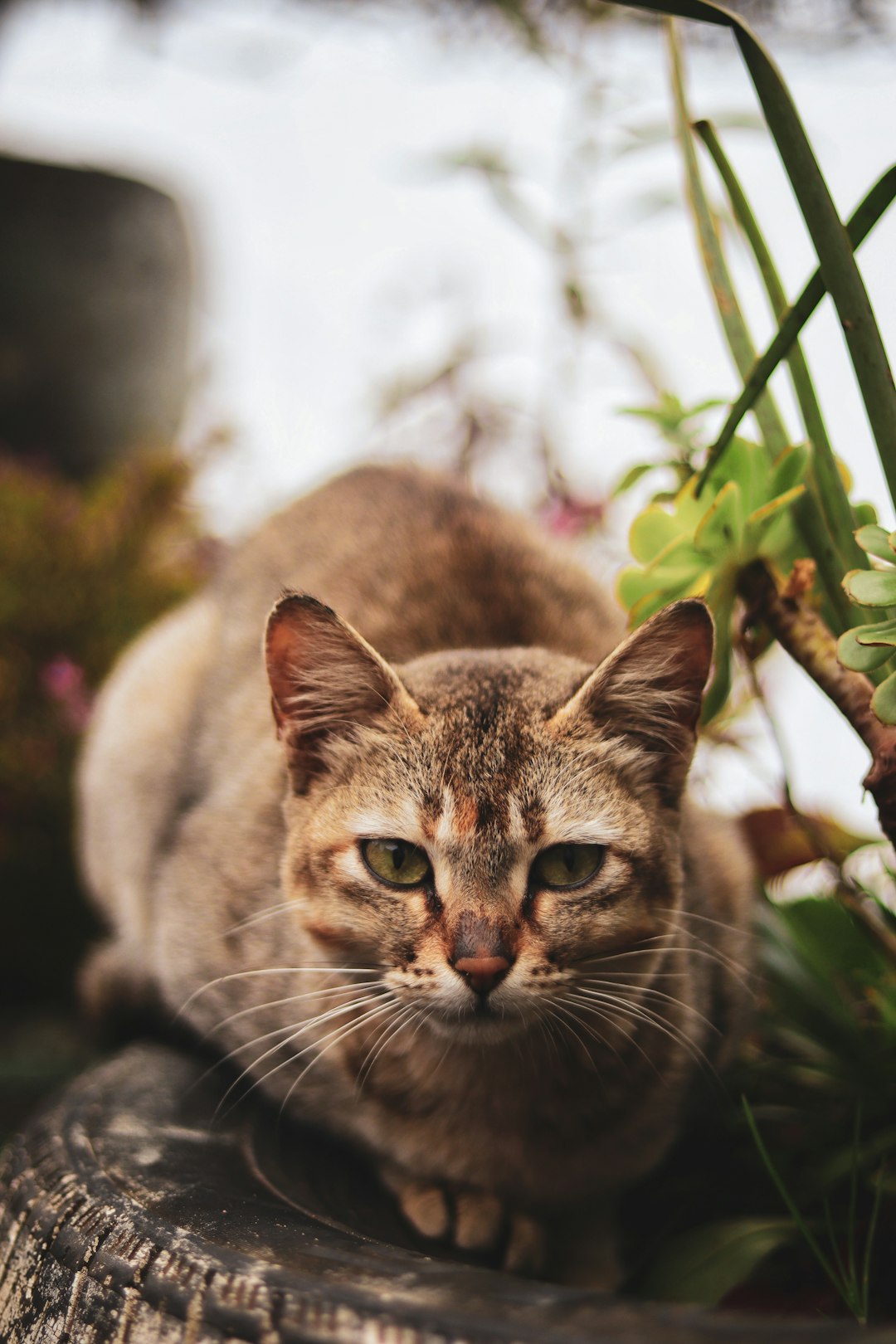
Caring for Your Siamese Cat
Caring for your Siamese cat ensures a healthy and happy life. These captivating felines require specific attention to thrive. Here are essential tips for their care:
Balanced Diet: Provide high-quality cat food that meets their nutritional needs. Choose food rich in protein and low in fillers.
Regular Grooming:
- Brush their short coat weekly to minimize shedding and promote a healthy shine.
- Check their ears and teeth regularly; clean them as needed to prevent infections.
Active Playtime:
- Siamese cats are energetic and need daily exercise.
- Engage them with toys, climbing structures, and interactive play sessions.
Social Interaction:
- These affectionate cats thrive on companionship.
- Spend quality time with your Siamese cat to strengthen your bond.
Regular Vet Visits:
- Schedule annual check-ups to monitor their health and vaccinations.
- Discuss any concerns related to the specific types of Siamese cats you own, as they may have unique health considerations.
Incorporating these practices into your routine will enhance your Siamese cat’s quality of life and help you enjoy a rewarding relationship with them.
Frequently Asked Questions
What are the different types of Siamese cats?
Siamese cats come in various types, most notably the traditional, modern, and contemporary variants. The traditional Siamese, often referred to as the Thai Siamese, features a rounder head and a more muscular build, which lends to its classic look. On the other hand, modern Siamese cats have a more elongated body and are characterized by their striking blue almond-shaped eyes and triangle-shaped heads. Contemporary Siamese blends traits from both types, showcasing a streamlined body with distinct color points on their ears, mask, and tail.
What unique characteristics do Siamese cats have?
Siamese cats are known for their unique vocalizations, often described as ‘talkative’ due to their ability to produce a wide range of sounds, including loud meows and yowls that express their needs or opinions. They also possess a striking appearance with their sleek, short coats that have color points contrasting with a lighter body color. This breed tends to form strong bonds with their owners, often displaying affectionate behaviors, such as following them around the house and sitting on their laps, which adds to their charm as companions.
Are there specific health issues associated with Siamese cats?
Siamese cats, like many purebred breeds, may be predisposed to certain genetic health issues. Common concerns include respiratory disorders, which can be attributed to their unique head structure, and dental problems, as they may have smaller jaws. Additionally, Siamese may experience issues related to their reproductive health, such as a higher likelihood of developing certain cancers. Regular veterinary check-ups, a balanced diet, and monitoring their activity levels are essential to ensure their overall health and well-being.
How do you care for a Siamese cat?
Caring for a Siamese cat involves several key aspects to ensure their happiness and health. Nutrition is critical; feeding them high-quality cat food tailored to their age, health needs, and activity level is essential. Regular grooming is important, too, as their short coat benefits from occasional brushing to reduce shedding. Providing a stimulating environment is crucial, given their intelligent and curious nature; toys, scratching posts, and interactive playtime are important to keep them engaged. Lastly, regular veterinary visits for vaccinations and health check-ups contribute significantly to their overall well-being.

